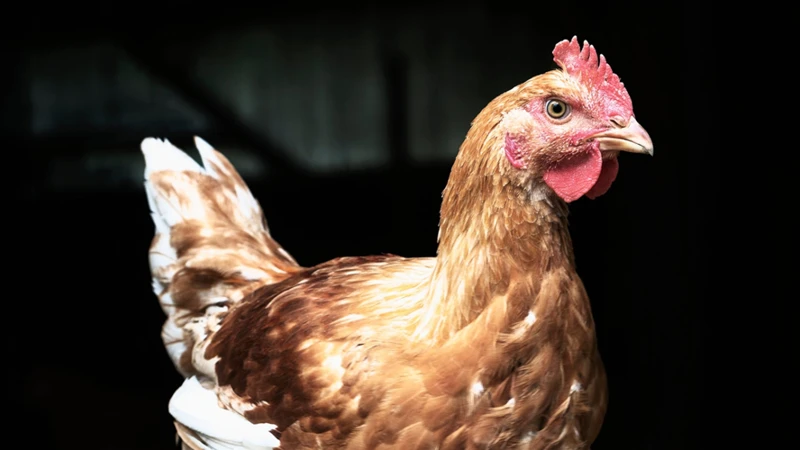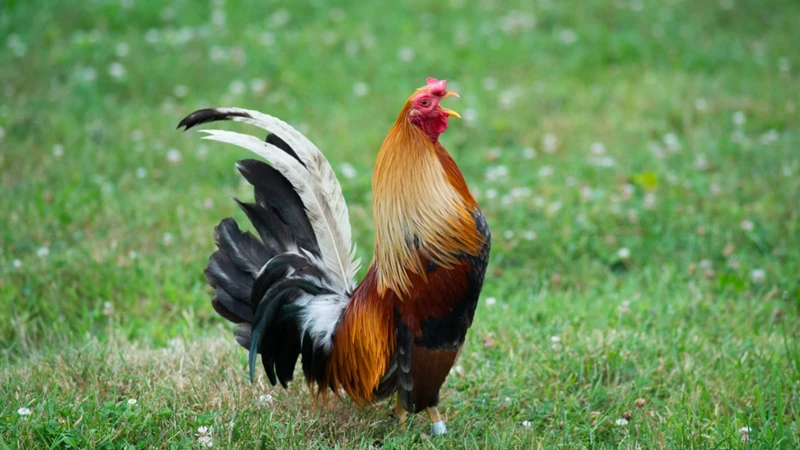Country music is a genre deeply rooted in American culture, known for its heartfelt lyrics, twangy guitars, and unique vocal stylings. One of the defining characteristics of country music is the use of various guitar techniques, one of which is chicken picking. Chicken picking is a distinct and intricate style of playing the guitar that adds a lively and dynamic element to country music. In this article, we will delve into the history of chicken picking in country music, exploring its origins, evolution, notable players, and its enduring influence on the genre.
Origins of Chicken Picking
The origins of chicken picking can be traced back to the early days of country music in the United States. The technique is said to have originated in the 1950s, during a time when country music was undergoing a significant transformation. As electric guitars became more prevalent in country bands, musicians began experimenting with new ways to play the instrument, giving rise to innovative techniques like chicken picking.
Development of the Technique
Chicken picking is characterized by its rapid, staccato style of play, often incorporating quick, muted notes and string bends to create a distinctive sound. The technique gets its name from the way players use their fingers to pluck the strings in a manner reminiscent of a chicken pecking at the ground. This unique approach to playing the guitar adds a playful and lively quality to country music, making it a staple in the genre.
Pioneers of Chicken Picking
One of the early pioneers of chicken picking was guitarist James Burton, known for his work with artists such as Elvis Presley and Emmylou Harris. Burton’s innovative use of the technique helped popularize chicken picking in country music and influenced countless guitarists who came after him. Another prominent figure in the development of chicken picking was Roy Buchanan, whose virtuosic playing and inventive use of the technique set a new standard for guitarists in the genre.
Evolution of Chicken Picking
Over the years, chicken picking has continued to evolve and adapt to the changing landscape of country music. As new generations of musicians have taken up the guitar, they have put their own spin on the technique, incorporating elements of rock, blues, and jazz to create a modern fusion of styles. Despite these advancements, the essence of chicken picking remains rooted in the tradition of country music, serving as a link to the past while propelling the genre forward.
Notable Chicken Picking Players
Throughout the history of country music, there have been several standout guitarists known for their mastery of the chicken picking technique. One such player is Brad Paisley, whose lightning-fast licks and impeccable phrasing have made him a modern-day ambassador of the style. Paisley’s innovative approach to chicken picking has earned him critical acclaim and a dedicated following among country music fans.
Other notable players include:
– Albert Lee: A British guitarist known for his lightning speed and precision, Lee’s contributions to country music have solidified his place as a legendary figure in the genre.
– Brent Mason: A session guitarist whose versatile playing style and technical prowess have made him a sought-after collaborator for artists across the country music spectrum.
– Johnny Hiland: A virtuoso guitarist known for his lightning-fast runs and seamless integration of chicken picking into his playing style.
Influence on Country Music
Chicken picking has had a profound impact on the sound and style of country music, shaping the way guitarists approach the instrument and influencing the overall direction of the genre. The technique’s lively and rhythmic qualities have become synonymous with the twangy sound of country music, adding a layer of complexity and excitement to songs.
Legacy of Chicken Picking
As country music continues to evolve and change, the legacy of chicken picking remains a vital part of its history. The technique’s enduring popularity is a testament to its timeless appeal and its ability to captivate audiences with its distinctive sound. Guitarists who incorporate chicken picking into their playing pay homage to the rich tradition of country music while pushing the boundaries of the genre in new and exciting ways.
Interested in the history of chicken picking in country music? Learn more about the birth of this unique guitar style and its impact on country music by exploring articles on the origins of chicken pickin, guitar picks in country music, guitar straps in country music, and the Telecaster’s role in country music.
Conclusion
In conclusion, chicken picking is a defining element of country music that has left an indelible mark on the genre. From its humble beginnings in the 1950s to its widespread popularity today, the technique continues to captivate audiences and inspire guitarists around the world. As country music continues to evolve, chicken picking remains a cherished tradition that honors the past while embracing the future. Its legacy lives on in the hands of talented musicians who keep the spirit of chicken picking alive, ensuring that its vibrant sound will continue to resonate for years to come.




